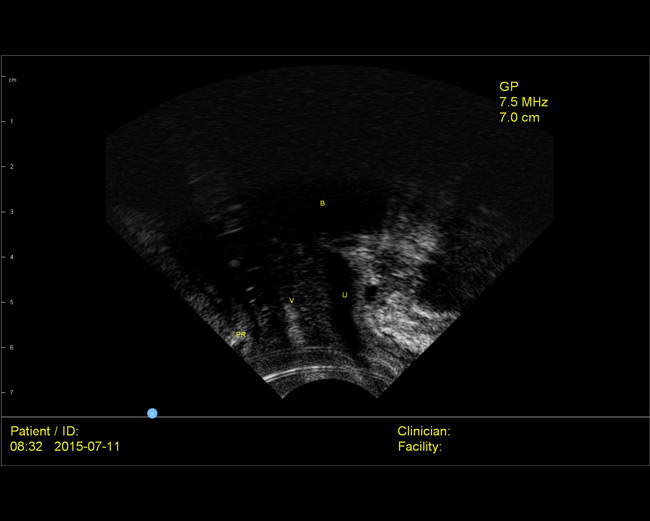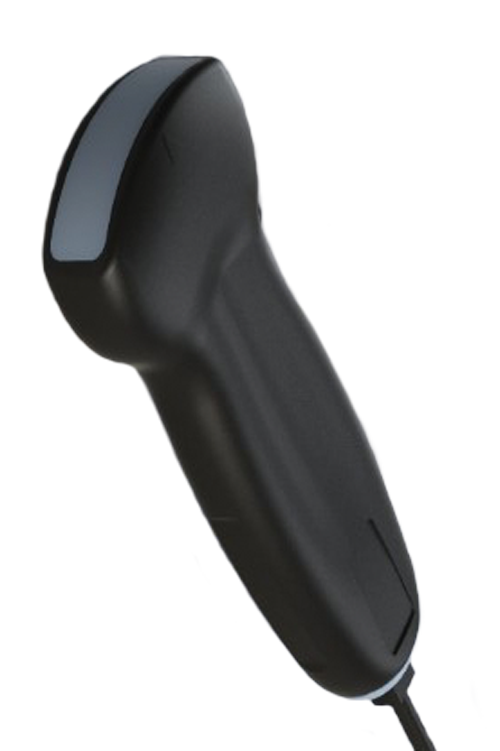Pelvic Floor Dysfunction & Dynamic Ultrasound/Biofeedback
Transperineal ultrasound is a valuable instrument to assess the synergy of the pelvic floor and deep abdominal muscles.
Pelvic Floor Dysfunction
Transperineal/Translabial and Vaginal Ultrasound can be used as an instrument for evaluation of pelvic floor dysfunction as well as a dynamic biofeedback instrument for pelvic floor re-education.
Transperineal ultrasound is a valuable instrument to assess the synergy of the pelvic floor and deep abdominal muscles. Studies have shown that motor learning with selective muscle contraction under US-guidance leads to faster and better outcomes, including performance, strength, and repeatability.

Dynamic Ultrasound
The Catalyst Ultrasound System offers both Transvaginal and Transperineal/Translabial approaches for complete visualization of the pelvic floor muscles during biofeedback sessions.
Cine/Video File
Dynamic movement may be captured using the Catalyst video recording option.
Ultrasound Probes
Halo ultrasound probes are designed for transperineal ultrasound.








